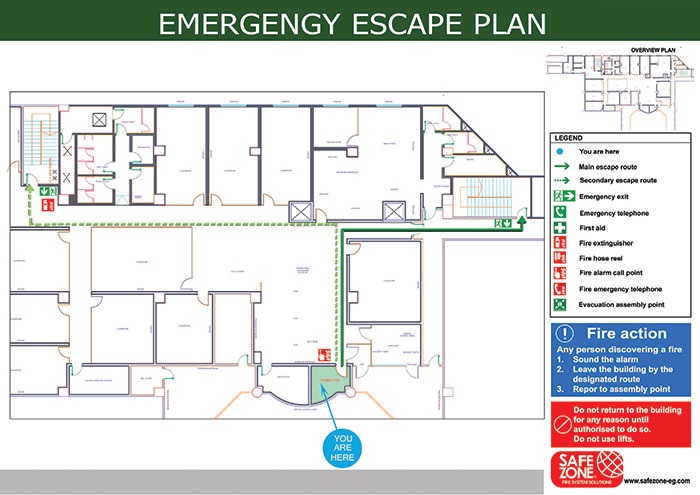Most buildings contain a variety of hand-held firefighting equipment. This range of equipment is designed to help contain small fires before they spread and become too large to control. Portable fire extinguishers are available with a number of different extinguishing agents to help you combat a flame. A portable extinguisher may contain the following substance:
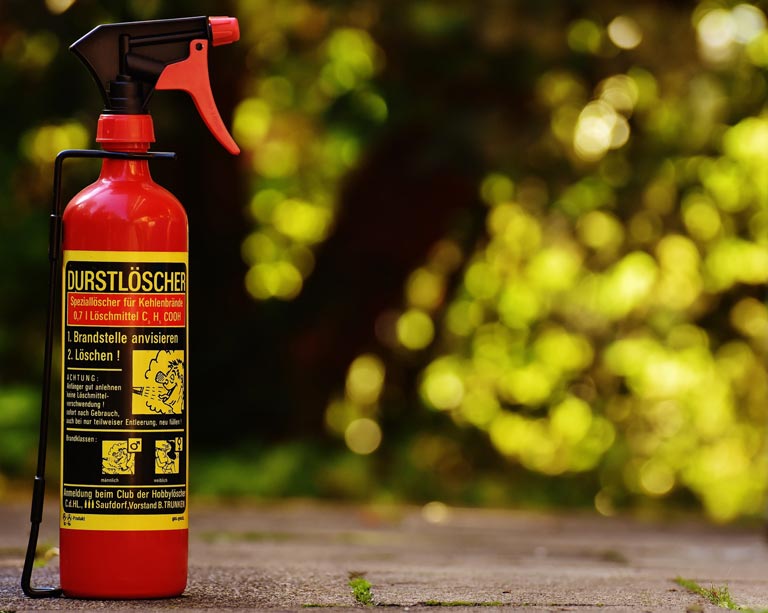
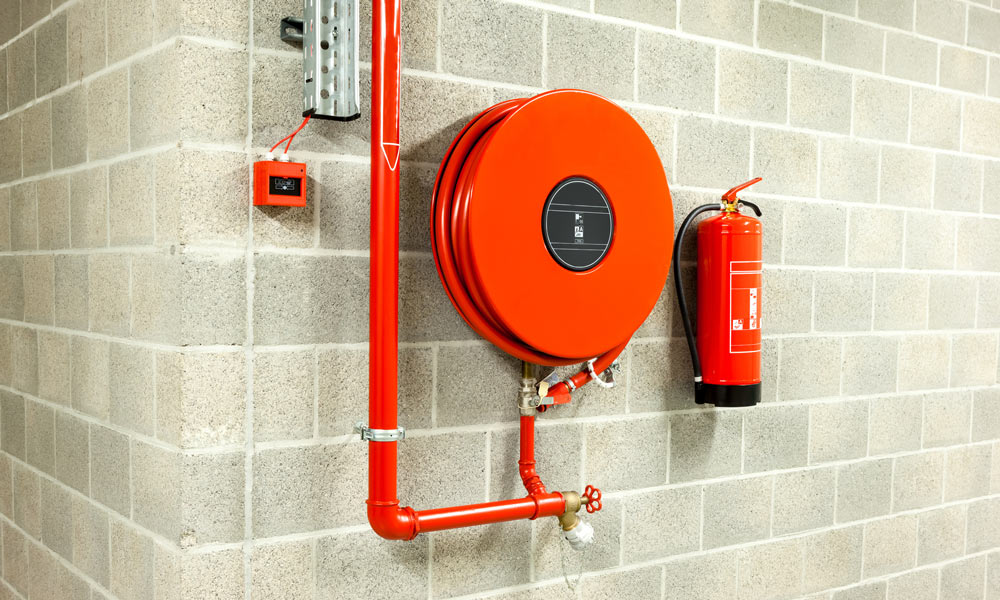
Fire hose reels are ideal for extinguishing class A fires. That is fires that are fuelled by paper, rubber, wood, and other non-conductive materials. As fire hose reels discharge water, they cannot be used to combat electrical fires. There are other types of fire safety equipment designed to deal with electrical fires – namely C02 fire extinguishers.
Hydrant System Being one of the oldest but yet the most effective and common fire fighting solution, a well designed and a well laid out Hydrant System forms the backbone of the entire fire fighting system. It comprises of heavy duty above & underground piping with accessories. External and Fire Escape Hydrant valves are provided at every strategic location. A fire hydrant is a pipe that allows water to flow from a water main with the control of a valve in order to put out a fire.
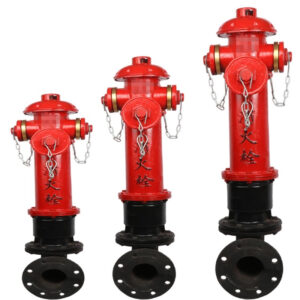

A fire sprinkler system is an active fire protection measure, it consists of an integrated network of piping designed in accordance with fire protection engineering standards that includes a water supply source, a water control valve, a water flow alarm, and a drain
Each of these systems helps prevent flames from spreading and reduces fire damage. The main difference between these types of fire sprinkler systems is their applications and how they activate
Fire suppression foam is comprised of three parts: foam concentrate, water, and air. When mixed correctly, these parts form a homogeneous foam blanket that extinguishes flames by the combined mechanisms of cooling, separating the flame source from the product surface, suppressing vapours, and smothering. This makes foam suppression systems an effective option for protecting flammable and combustible liquids.

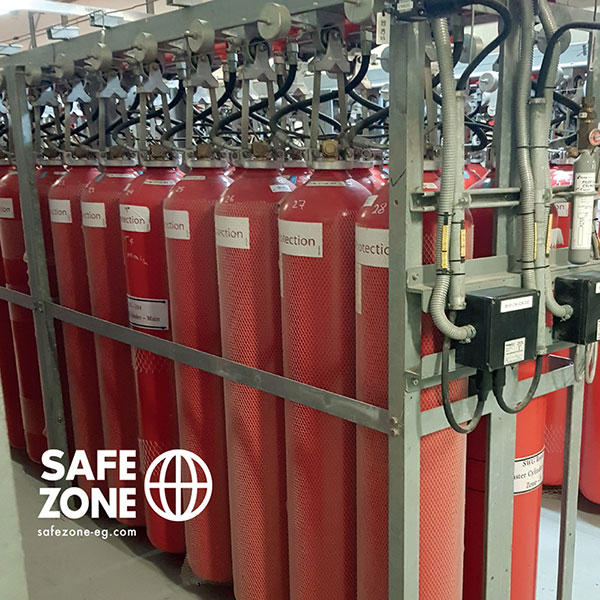
CO2 at atmospheric pressure is a colourless, odourless and electrically Non-Conductive inert gas. It has high expansion ratio, which facilities rapid discharge and allows three dimensional quick penetrations in the entire hazard area. Made from premium components, this CO2 Gas Flooding System’s importance lies in the fact that it has high efficiency to extinguish fire by reducing the oxygen content of the protected area below the point where it can support combustion. This CO2 Gas Flooding System provides a blanket of heavy gas that reduces the oxygen content of the atmosphere to a point where combustion is not sustainable.
Gas Suppression Systems (FM200) is a reliable solution, an extinguishing agent known around the world. Built on 42-bar technology, these Gas Suppression Systems are efficient and space-saving. Whether for the valuable systems, data, people or the working environment, this Gas Suppression System provides optimum protection in case of fire and helps ensuring business continuity. The extinguishing agent of this Gas Suppression System is very effective and works at low extinguishing concentrations to protect people and assets. The extinguishing agent is chemically inert and has low electric conductivity. This Gas Suppression Systems provides ideal protection especially for areas with electrical and electronic risks of fire. Extinguishing without leaving any residue and without risking of corrosion is found in this Gas Suppression System

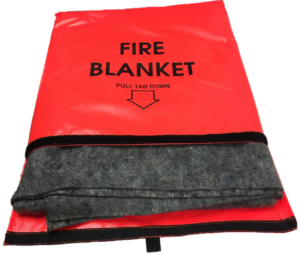
Fire blankets are designed to smother class F fires. That means flame that is fuelled by cooking oils and fats. Naturally, fire blankets are installed in kitchen environments, where the chance of a class F fire is the highest.
All fire equipment should be accompanied by standard signage. This helps users identify the location and type of equipment they can access in an emergency. There is a range of different regulations when it comes to fire safety signage.


Whilst firefighting equipment is important during an emergency when a flame is out of control,
you need to evacuate a building. Emergency and exit signs will help to provide a clear path to an exit
during a fire. Having clear signage and lighting will help contain panic and guide your team members to
an appropriate exit in time. Emergency and exit lights need to be maintained according to international
standard for Emergency escape lighting and exit signs.
Emergency evacuation is the immediate and urgent movement of people away from the threat or actual occurrence of a hazard.
